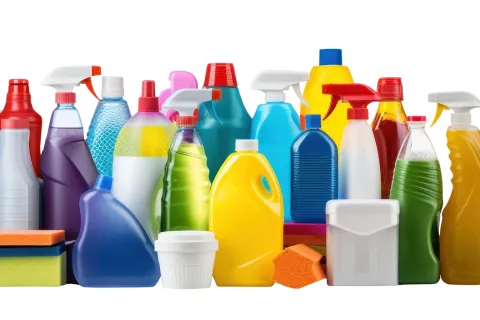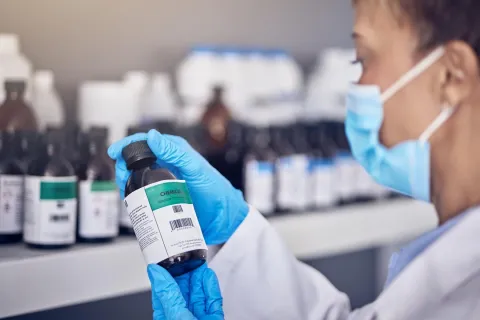
In today’s global market, regulatory compliance is critical for maintaining brand reputation, ensuring product safety, and sustaining Market access compliance. Compliance audits and Product safety verification processes are essential tools that help businesses meet these objectives by identifying Regulatory gaps, streamlining processes, and ensuring adherence to market-specific Product safety standards. Let’s explore the importance, scope, and approach to compliance audits and verification.
Understanding Compliance Audits and Verification
A compliance audit is a systematic evaluation of an organization’s products, processes, or Compliance documentation to ensure adherence to regulatory, legal, or industry-specific standards. It involves assessing whether a product or its labeling, claims, and documentation align with the regulations in the target market.
Compliance verification, on the other hand, ensures that all required regulatory elements—such as approvals, labels, and claims—are consistent with local laws and meet the requirements established during the Compliance audit process. Together, these processes build a strong foundation for regulatory integrity.
Key Components of a Compliance Audit
- Regulatory Classification of Products
Products are classified according to the applicable regulatory framework in the intended markets, determining the specific compliance obligations, approval pathways, and technical documentation requirements. - Market-Specific Compliance Checklists
Developing tailored checklists for specific markets ensures evaluations are thorough and consistent. These checklists include mandatory labeling requirements, claims, hazardous chemical regulations, and environmental parameters. - Label Review
Regulatory audits validate that product labeling aligns with regulatory provisions, covering safety disclosures, ingredient declarations, precautionary statements, and sustainability certifications. Label assessments confirm compliance with pre-approved label specifications and mandatory information elements. - Registration and Documentation Alignment
Compliance audits verify alignment between market authorization dossiers and commercialized product attributes, ensuring consistency in formulation, claims, and supporting documentation. Any deviations necessitate corrective action to maintain regulatory validity. - Pre-Audit Preparation for Internal Compliance Monitoring
A comprehensive Internal audit checklist is created, enabling organizations to independently monitor their compliance efforts. This not only helps maintain ongoing compliance but also equips teams to address issues proactively.
Benefits of Compliance Audits and Verification
- Regulatory Risk Mitigation: Proactive audits identify and address regulatory gaps or conduct Regulatory gap analysis before they escalate into compliance violations.
- Market Readiness: Verification processes ensure products meet all necessary regulatory criteria, facilitating smoother market access.
- Brand Protection Compliance: Ensuring compliance safeguards brand reputation and builds consumer trust.
- Scalable Frameworks: Audits and verification processes establish repeatable systems for future product evaluations, reducing effort and enhancing efficiency.
Challenges in Multi-Jurisdictional Regulatory Compliance
With every country having unique regulatory standards, maintaining compliance across multiple regions is complex. Some Global compliance challenges include:
- Navigating heterogeneous regulatory landscapes with divergent compliance mandates.
- Keeping abreast of evolving regulatory requirements and technical standards.
- Harmonizing labeling, claims, and packaging specifications across diverse jurisdictions.
- Managing compliance complexities for products with variable formulations and market-specific adaptations.
Building an Effective Regulatory Compliance Strategy
- Regulatory Intelligence Gathering: Stay updated on the latest regulations in all target markets.
- Tailored Market-Specific Solutions: Address the unique requirements of each region with customized processes.
- Streamlined Documentation: Ensure all registration, safety, and product details are organized and accessible for audits.
- Ongoing Training: Equip internal teams with knowledge about regulatory requirements to maintain compliance independently.
- Third-Party Support: Engage regulatory experts for specialized audits and verification to ensure a robust compliance framework.
Compliance audits and verification are indispensable for businesses aiming to expand globally while maintaining regulatory adherence. Freyr’s experts can help your business build a well-executed strategy that minimizes risks, ensures safety, and creates a roadmap for sustainable growth in new and existing markets.









